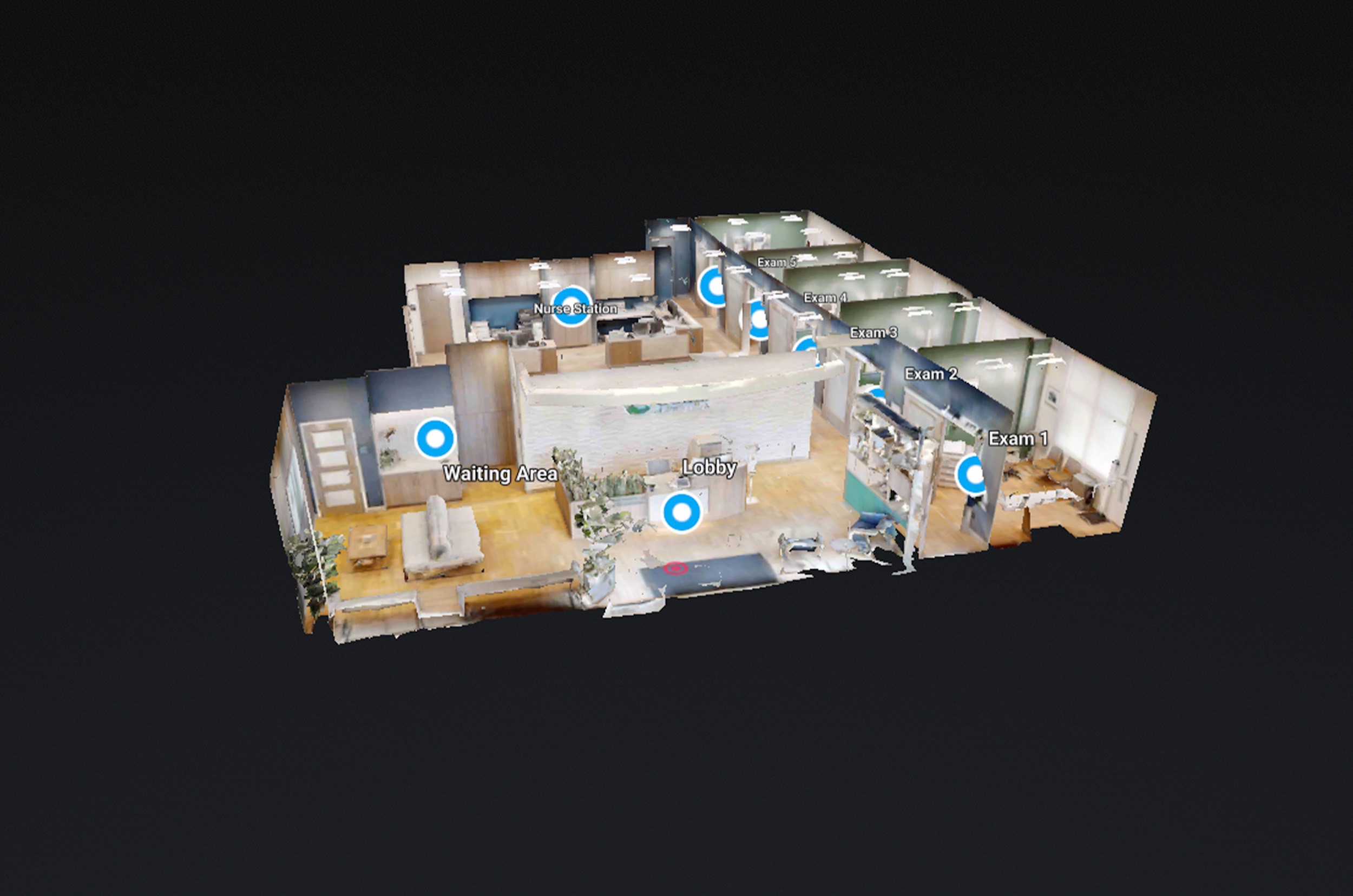As the healthcare industry continues to evolve, health offices are recognizing the importance of providing a seamless and personalized experience for patients. One innovative way to achieve this is by incorporating 360 virtual tours into health office design.
By providing an immersive and interactive experience, 360 virtual tours can help patients navigate complex facilities, reduce anxiety, and increase overall satisfaction. In this blog, we’ll explore the benefits, new ideas, and advice on using 360 virtual tours for health offices, showcasing the future of patient-centered care.
1. Enhanced Patient Experience: 360 virtual tours offer a unique opportunity to create an immersive experience for patients, allowing them to explore health offices before they even step foot in the building. This can be especially beneficial for patients with anxiety or phobias, who may feel more comfortable familiarizing themselves with the environment beforehand.
By providing a comprehensive virtual tour, health offices can reduce patient anxiety and stress, creating a more positive and calming atmosphere.
2. Increased Productivity: 360 virtual tours can also help boost productivity for health office staff. By providing a virtual tour of the facility, staff can familiarize themselves with the layout and location of different areas, such as exam rooms, waiting areas, and staff offices. This can help reduce confusion and improve workflow, allowing staff to focus on providing high-quality patient care.
3. Virtual Consultations: 360 virtual tours can also enable virtual consultations, allowing patients to connect with healthcare professionals remotely. By providing a virtual tour of the facility, patients can get a sense of the environment and feel more comfortable participating in virtual consultations. This can be especially beneficial for patients with mobility issues or those living in remote areas.
4. Improved Communication: 360 virtual tours can also help improve communication between healthcare professionals and patients. By providing a virtual tour of the facility, patients can ask questions and get a better understanding of their treatment plan. This can help reduce misunderstandings and improve patient engagement, leading to better health outcomes.
5. Cost Savings: 360 virtual tours can also help reduce costs for health offices. By providing a virtual tour of the facility, health offices can reduce the need for in-person tours, which can save time and resources. Additionally, 360 virtual tours can help reduce the need for physical renovations, allowing health offices to make more informed decisions about facility design and layout.
6. New Ideas and Advice:
- Utilize 360 virtual tours to create virtual “test drives” for new medical equipment or technologies, allowing patients to familiarize themselves with the equipment before treatment.
- Incorporate interactive hotspots and text overlays to provide additional information and context about the facility, such as staff bios or treatment options.
- Use 360 virtual tours to create virtual “orientation” sessions for new patients, providing them with a comprehensive overview of the facility and services offered.
- Partner with healthcare professionals to create virtual tours that focus on specific conditions or treatments, providing patients with a deeper understanding of their condition and treatment options.
Conclusion: In conclusion, 360 virtual tours are revolutionizing the way health offices operate. By providing an immersive and interactive experience, 360 virtual tours can help patients navigate complex facilities, reduce anxiety, and increase overall satisfaction.
With new ideas and advice for incorporating 360 virtual tours into health offices, healthcare providers can take a proactive approach to improving patient care and satisfaction. By embracing this innovative technology, health offices can become more patient-centered, efficient, and cost-effective, ultimately transforming the future of healthcare.







